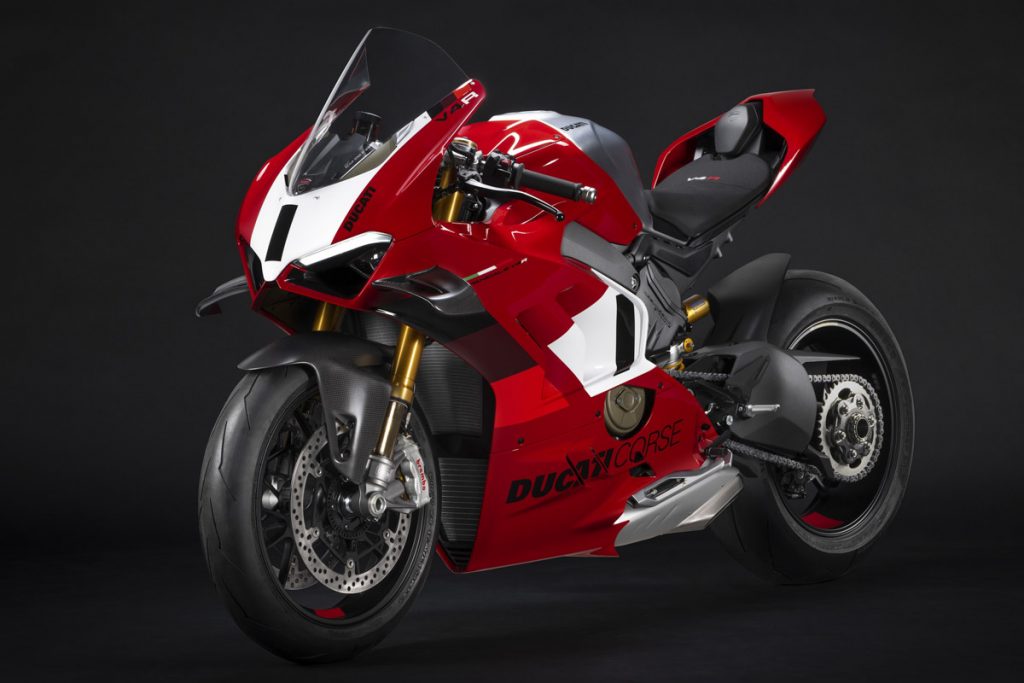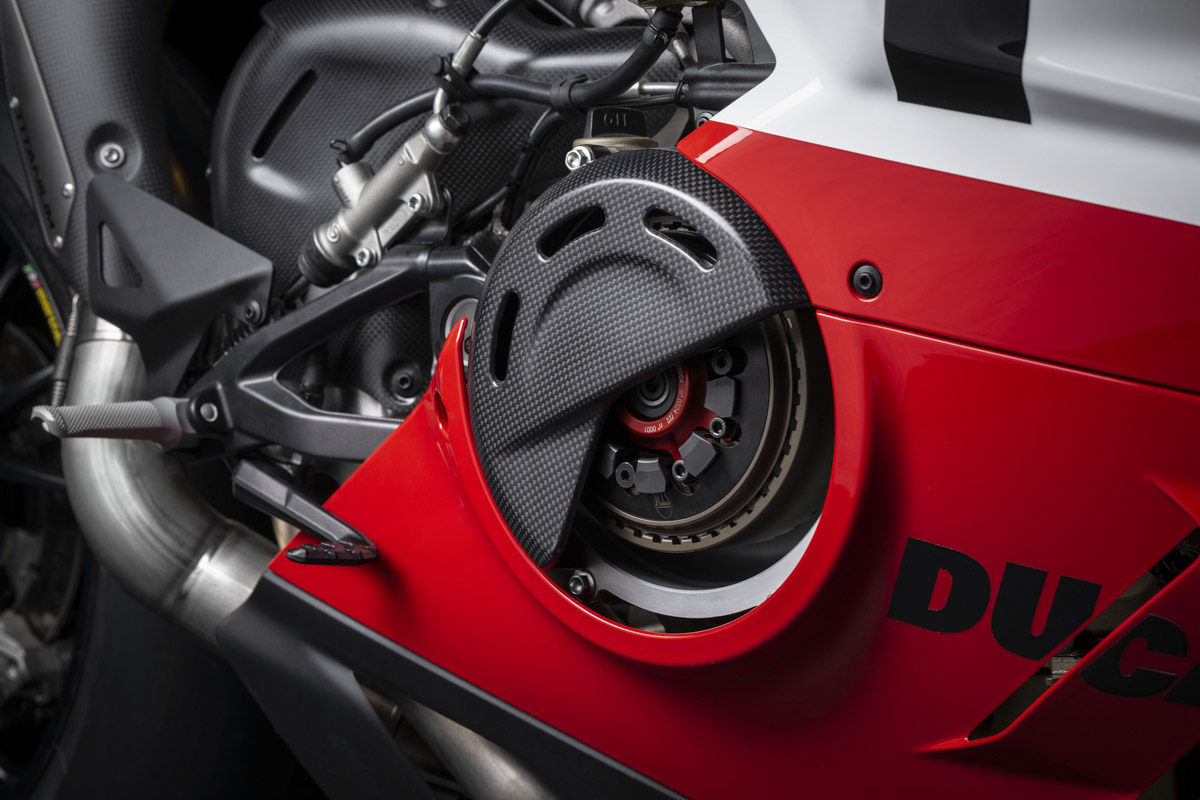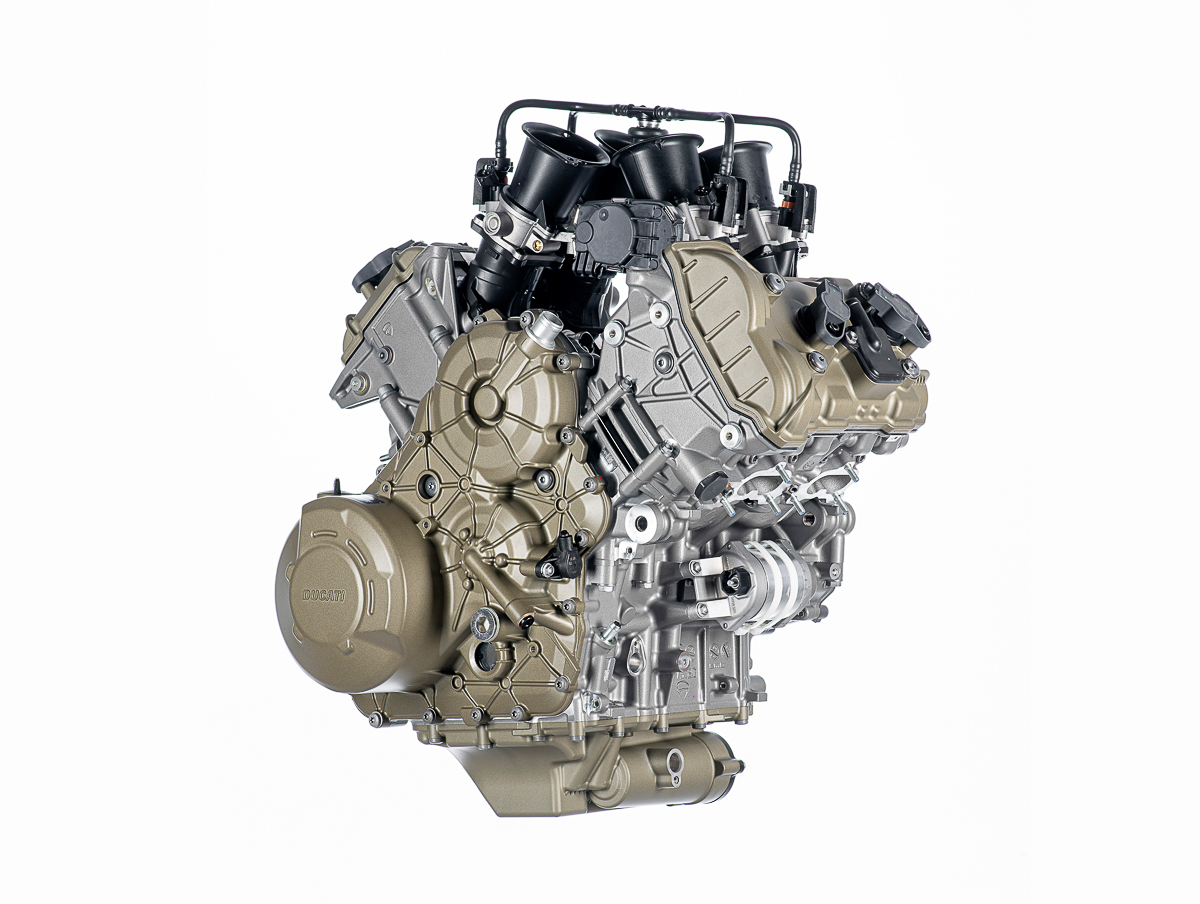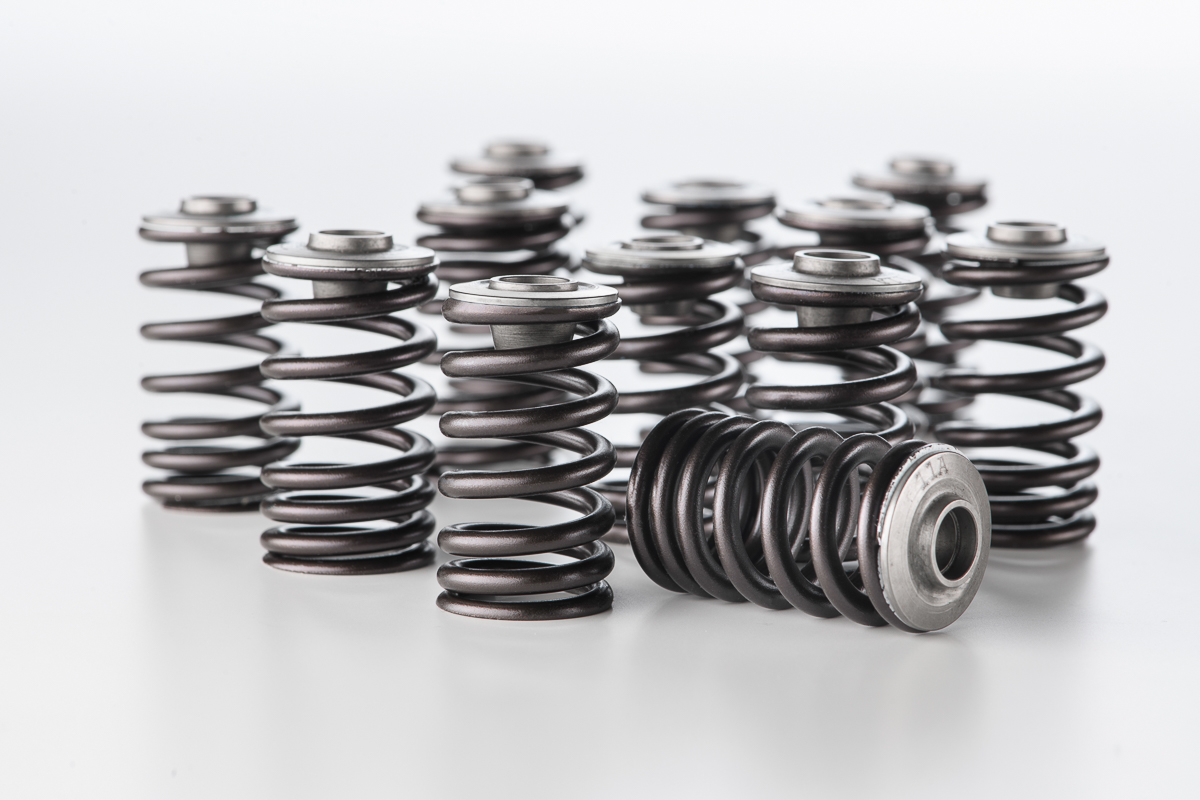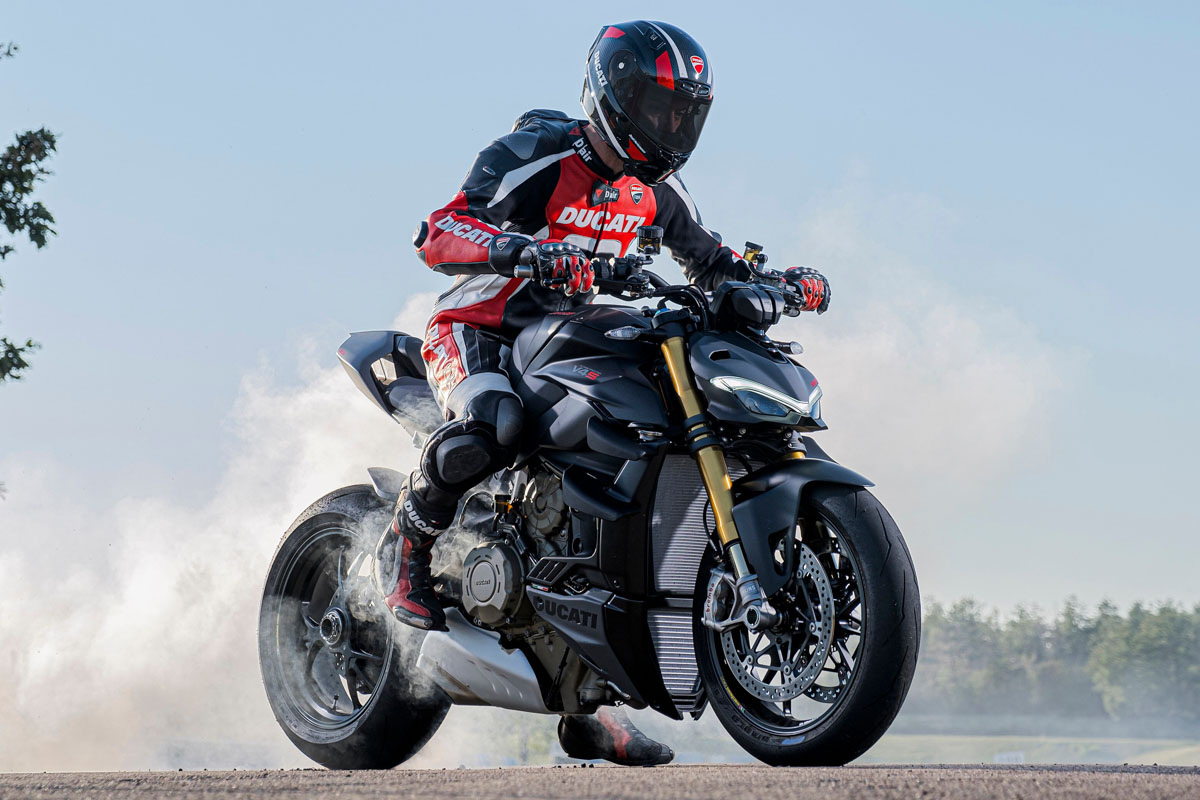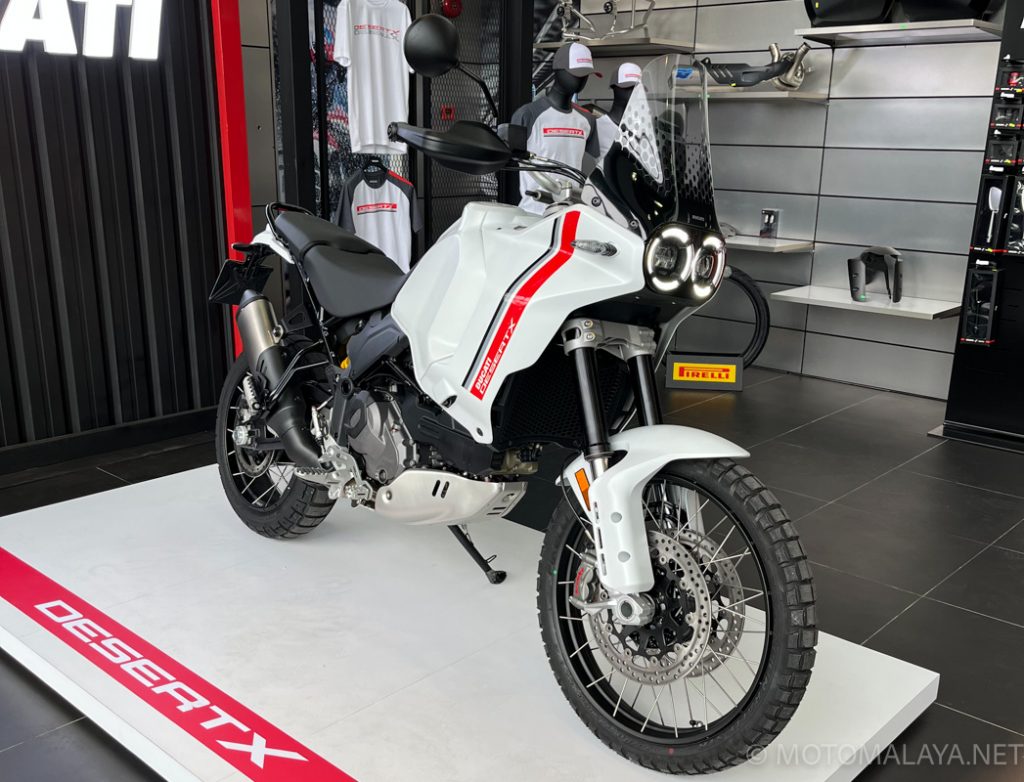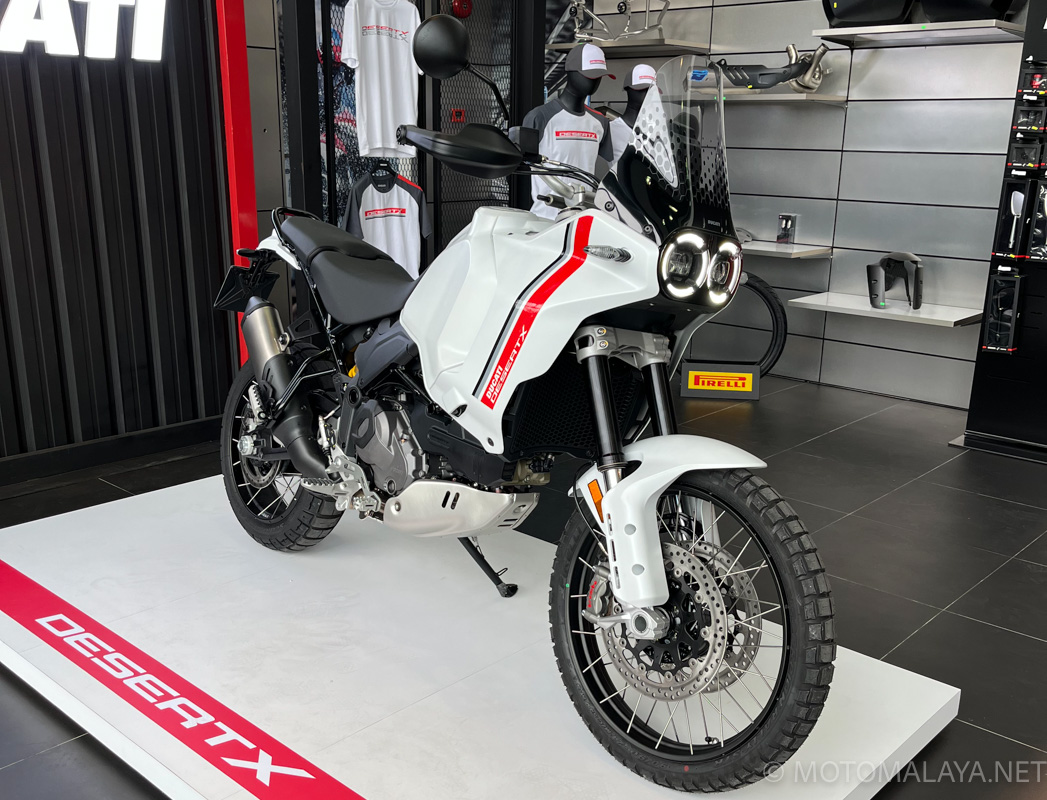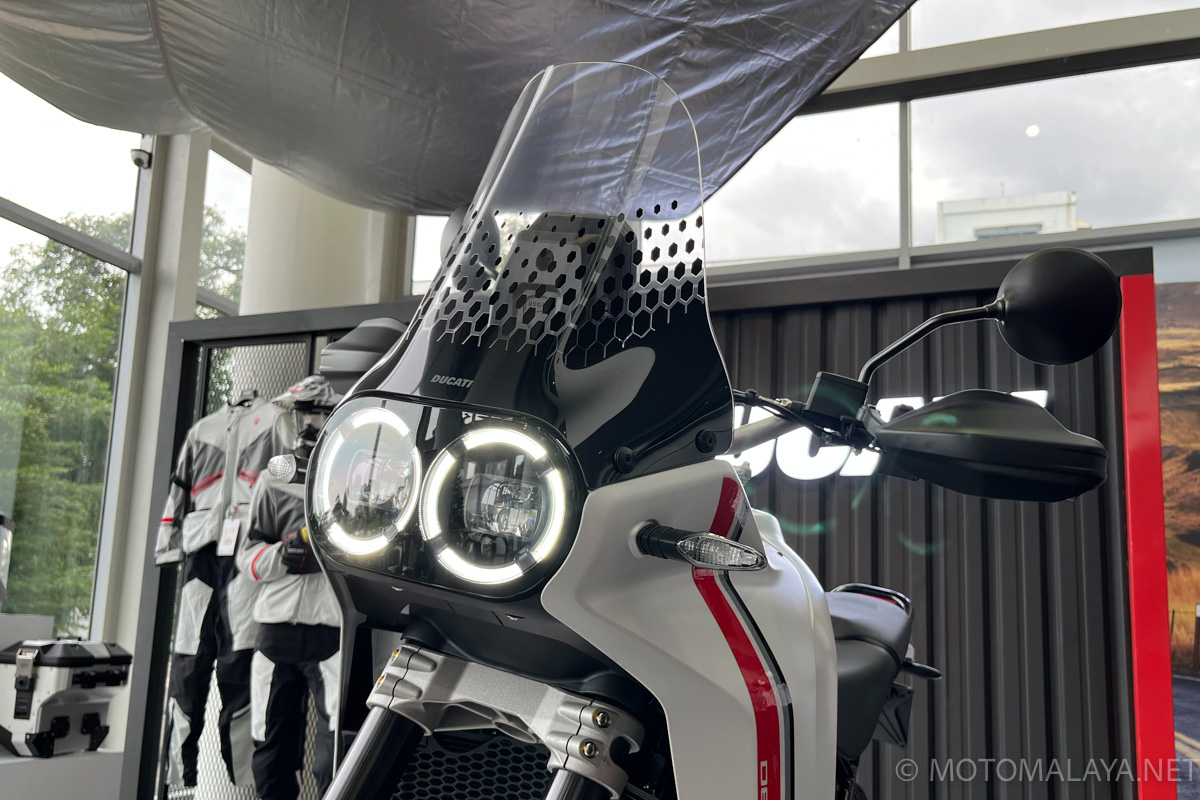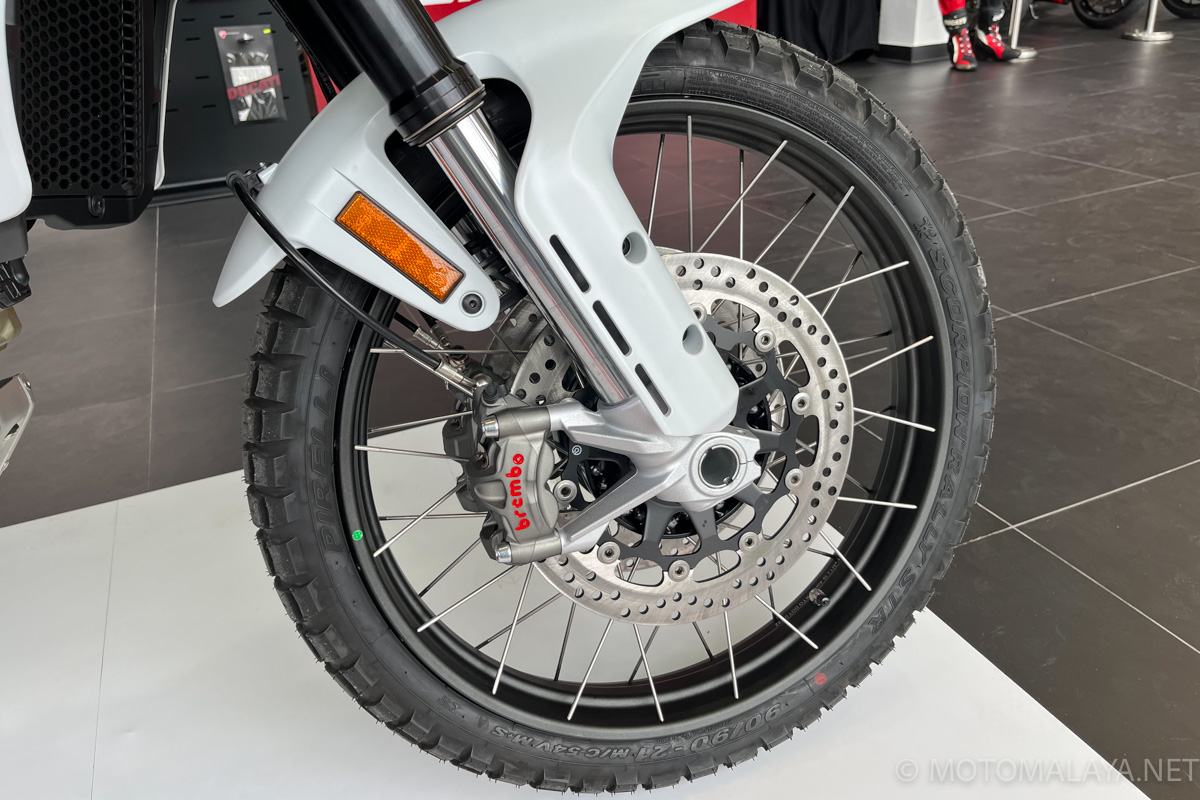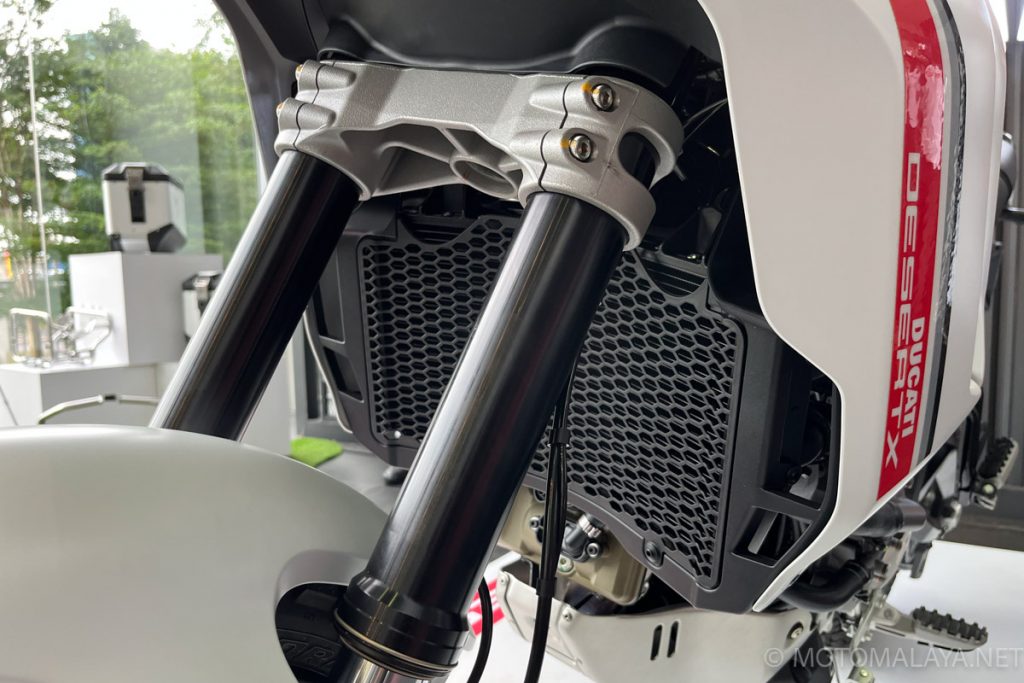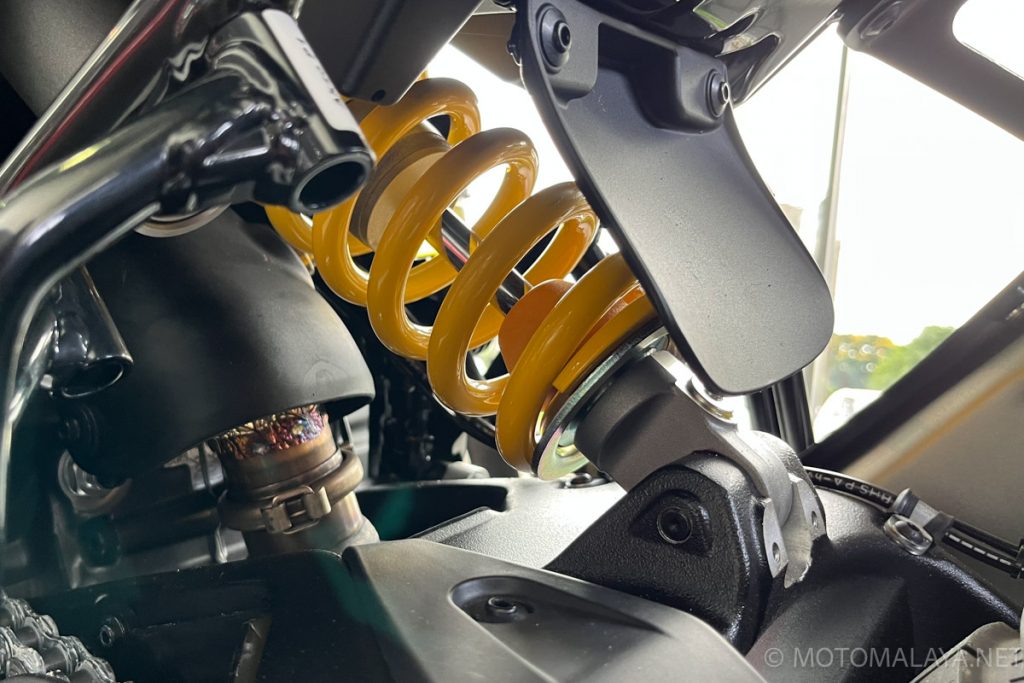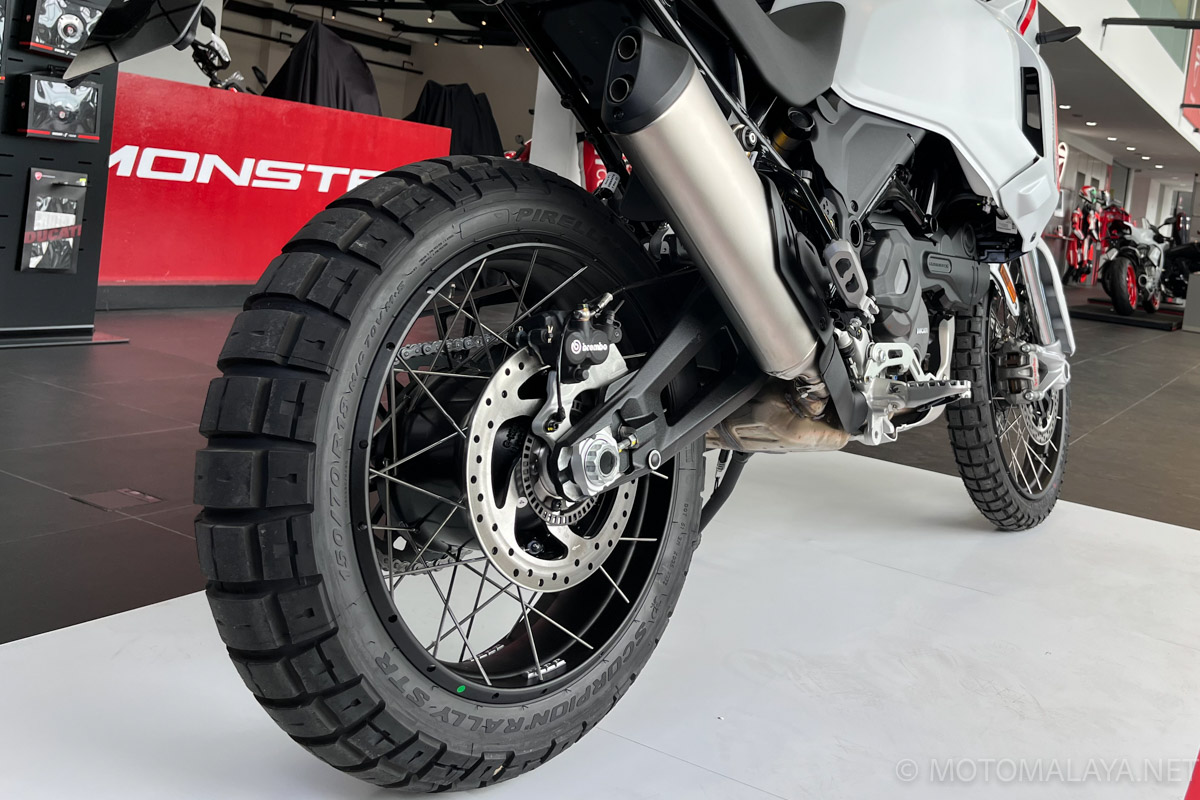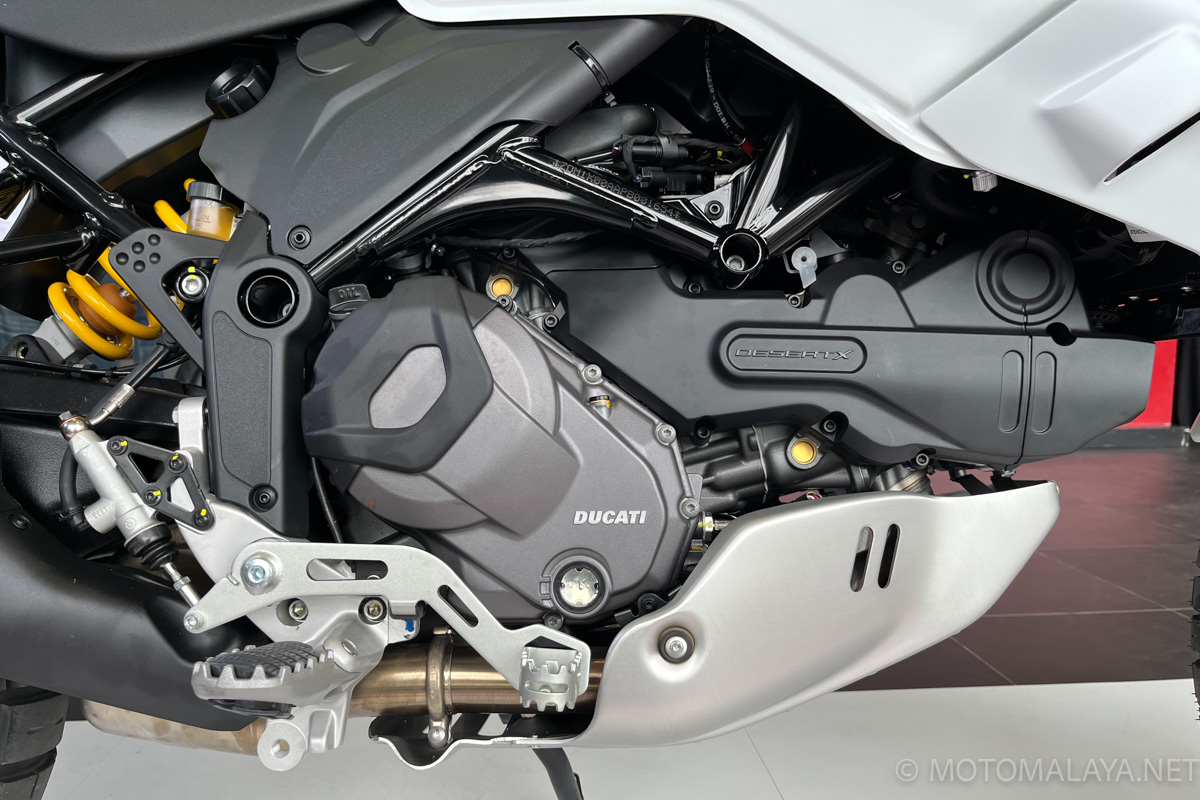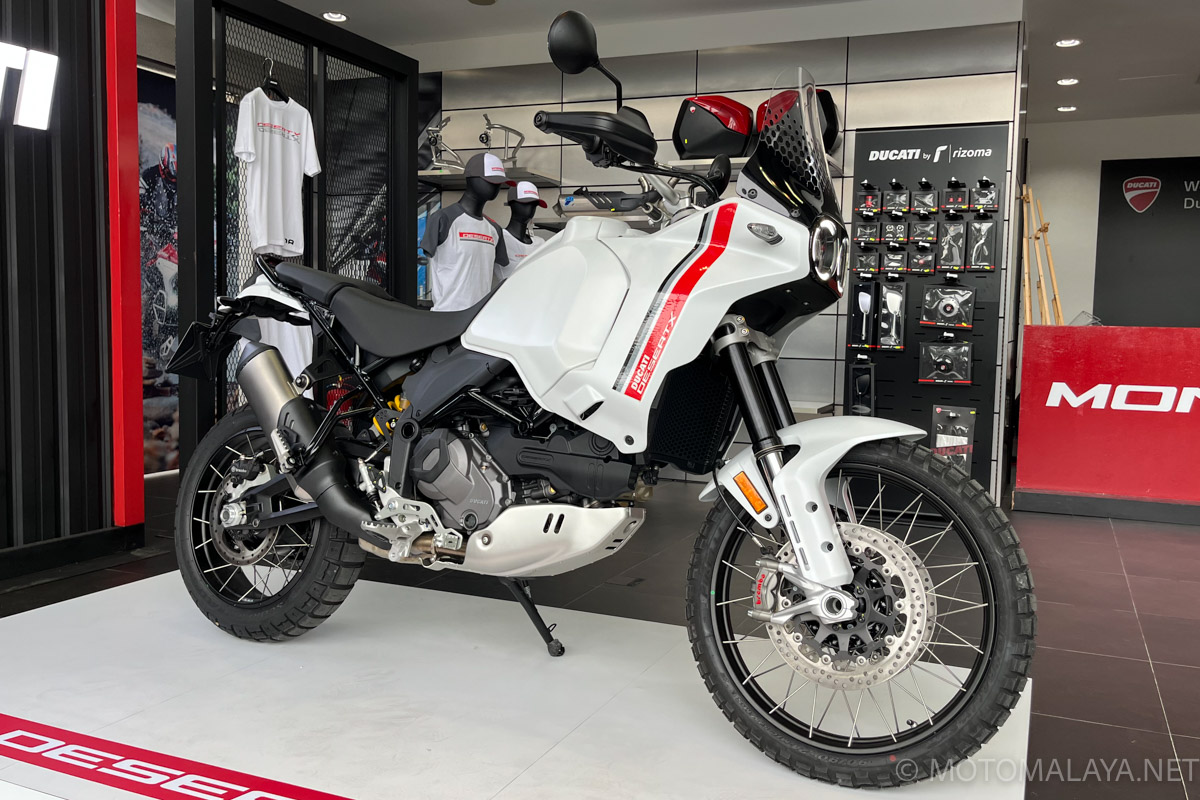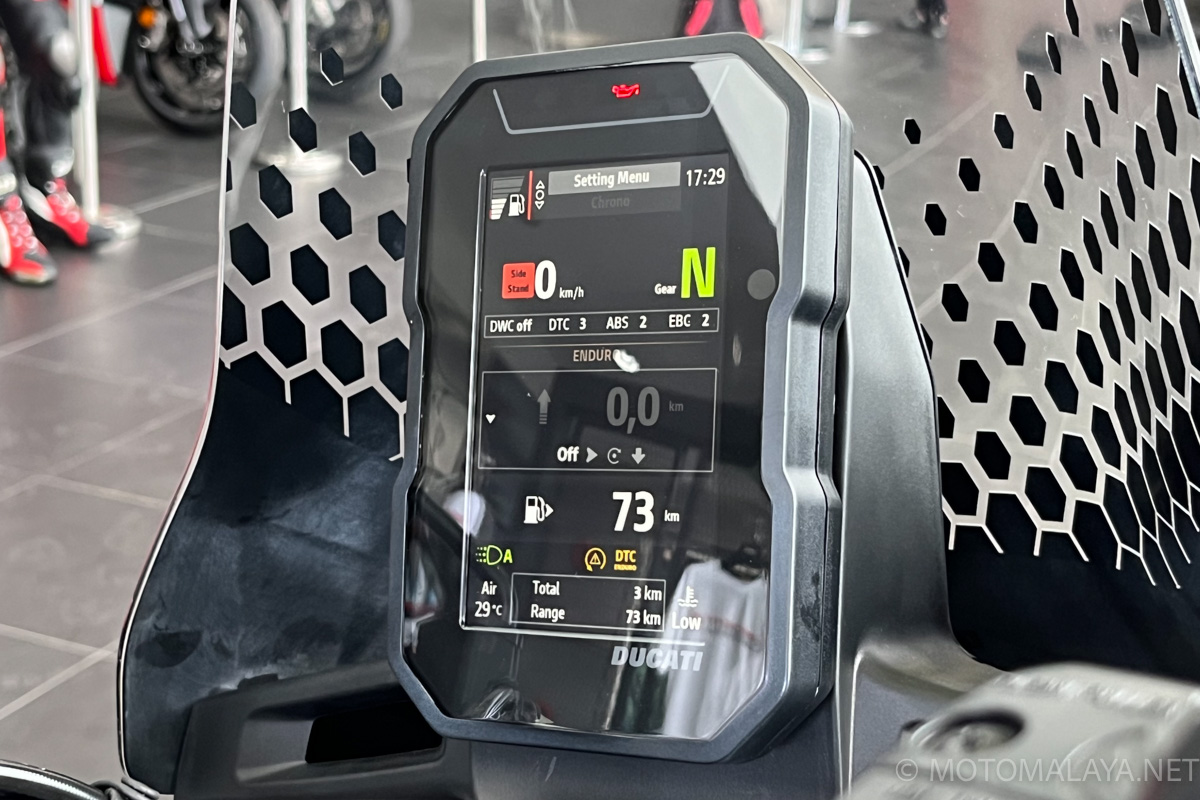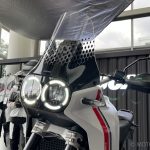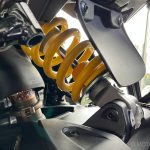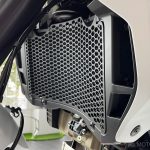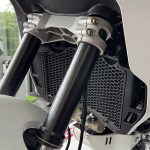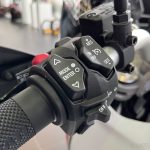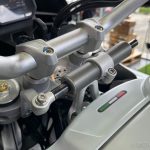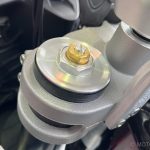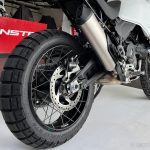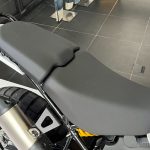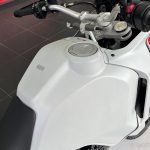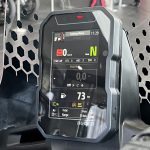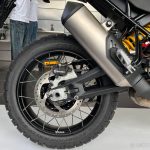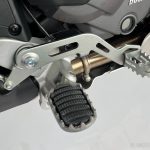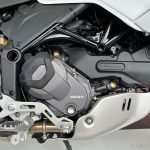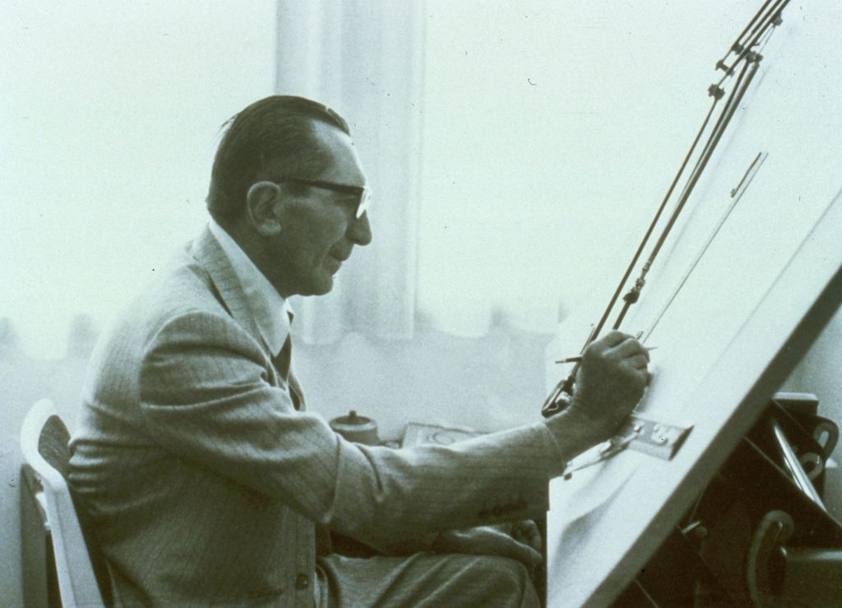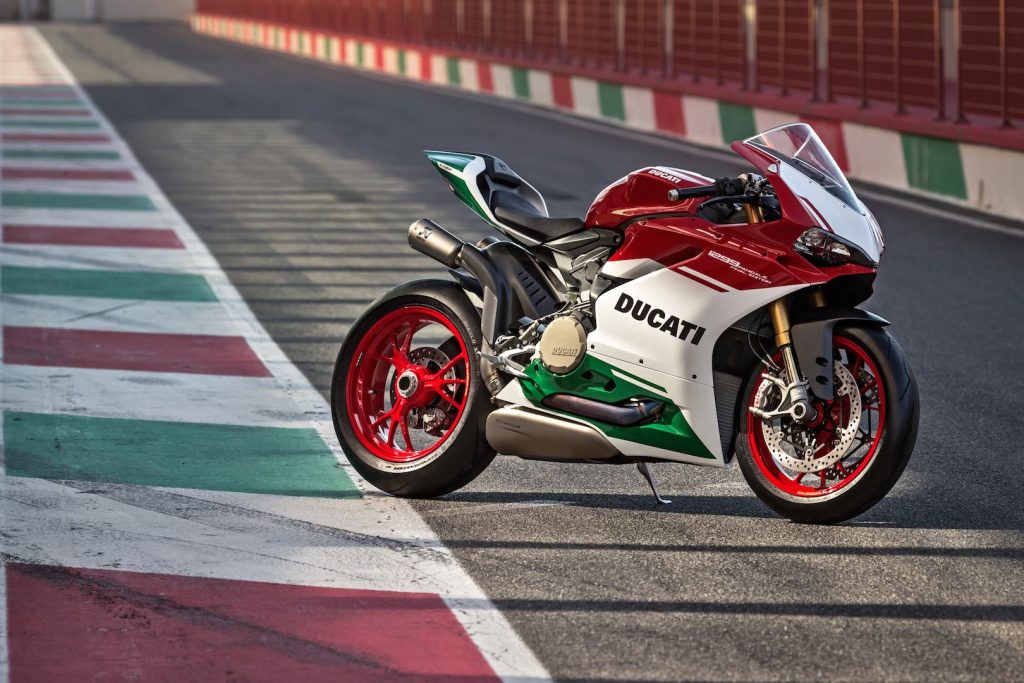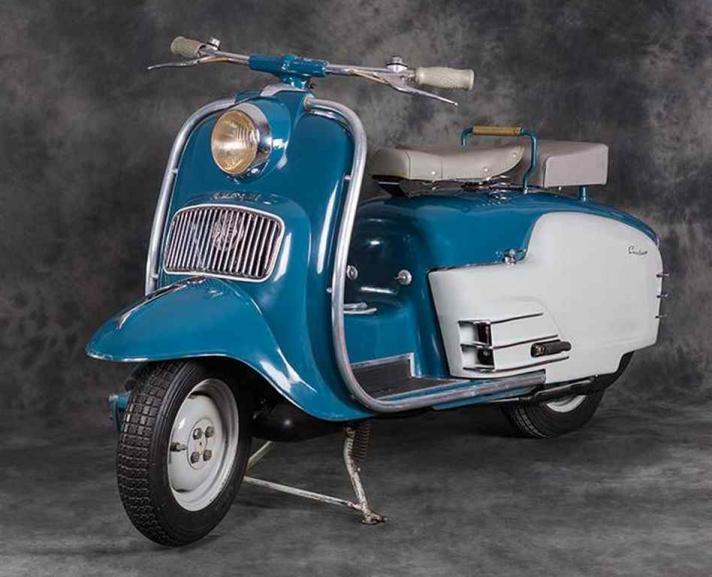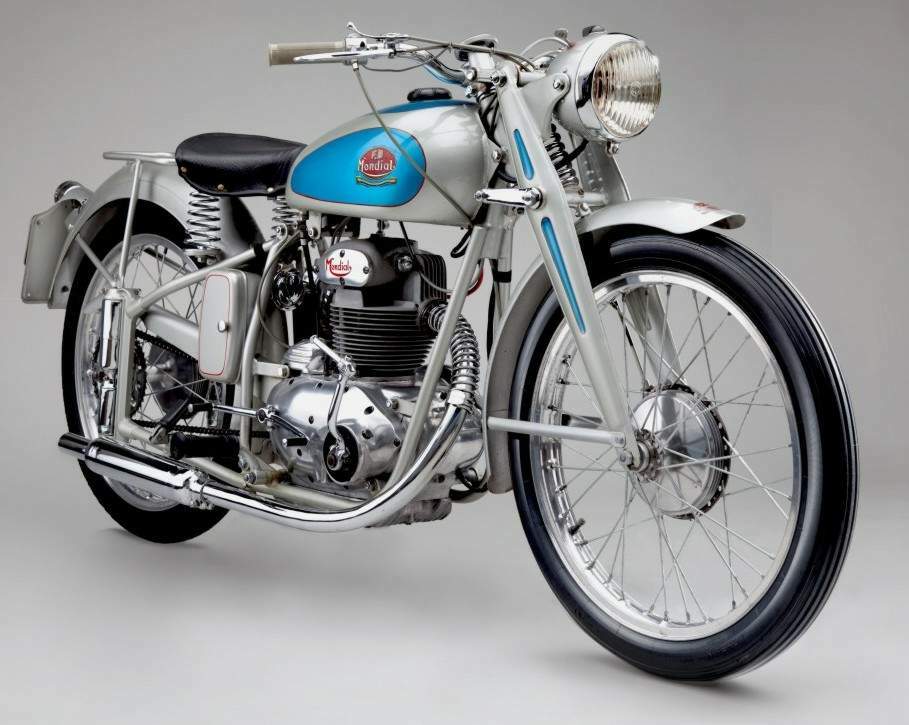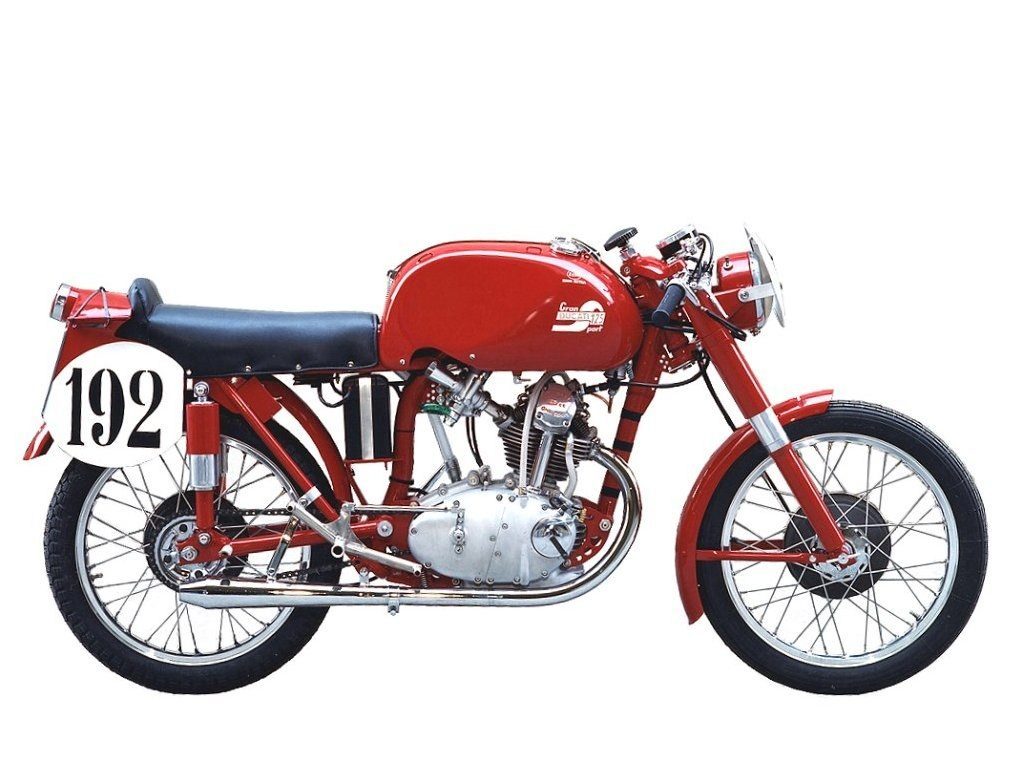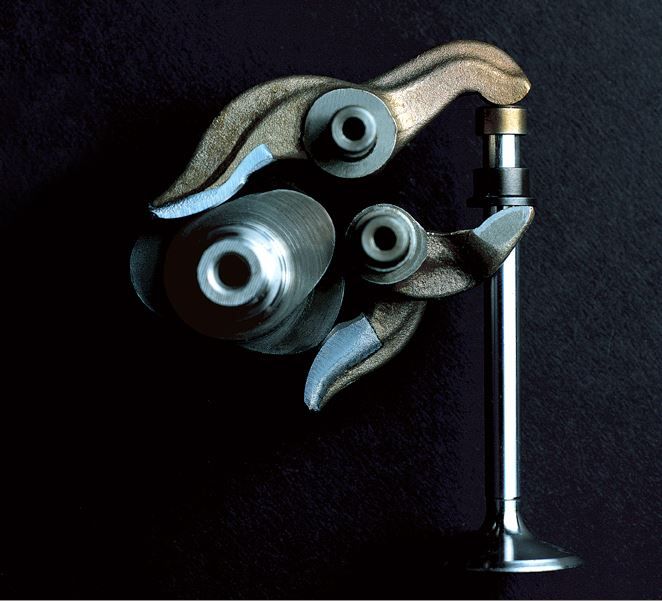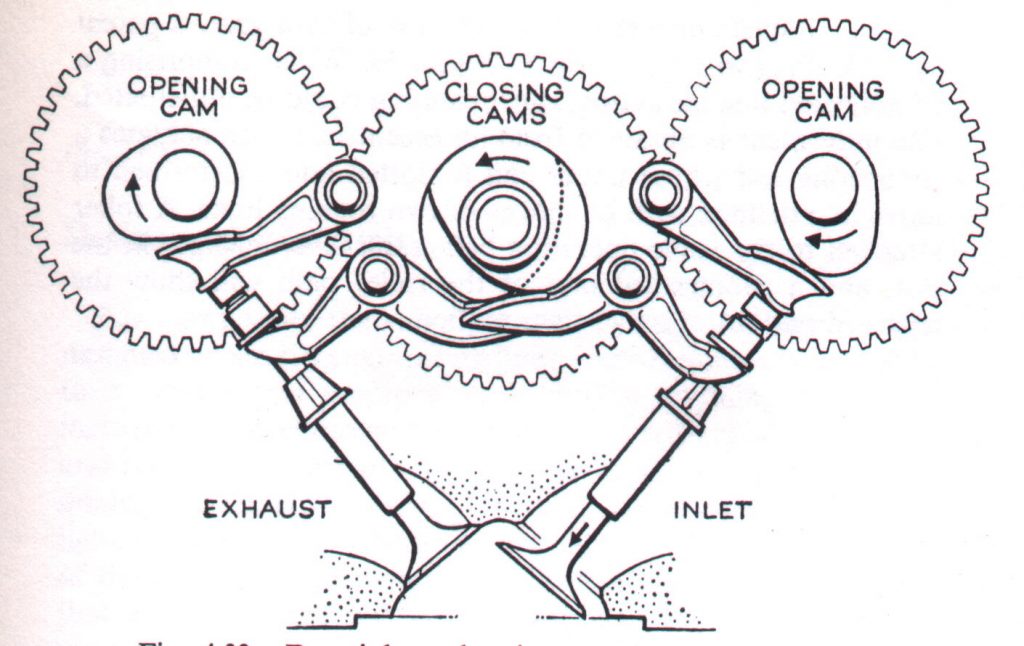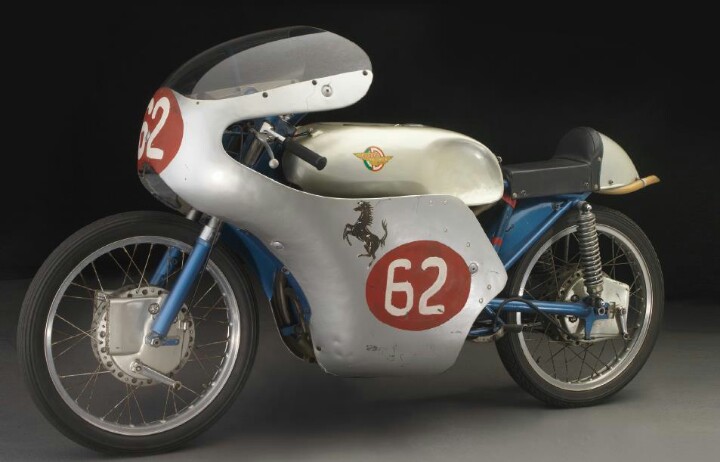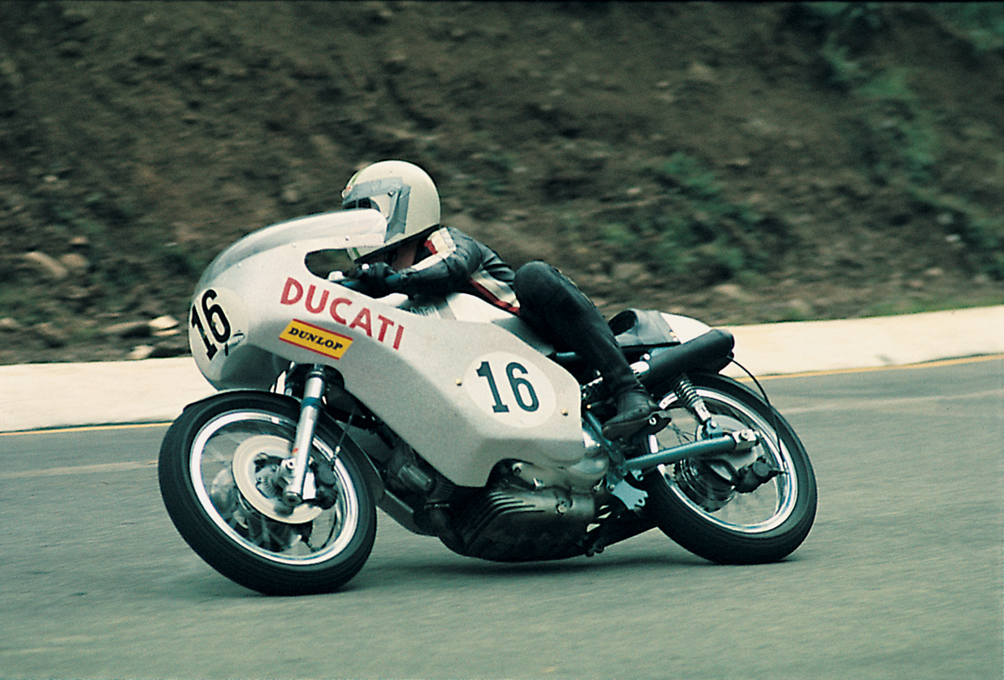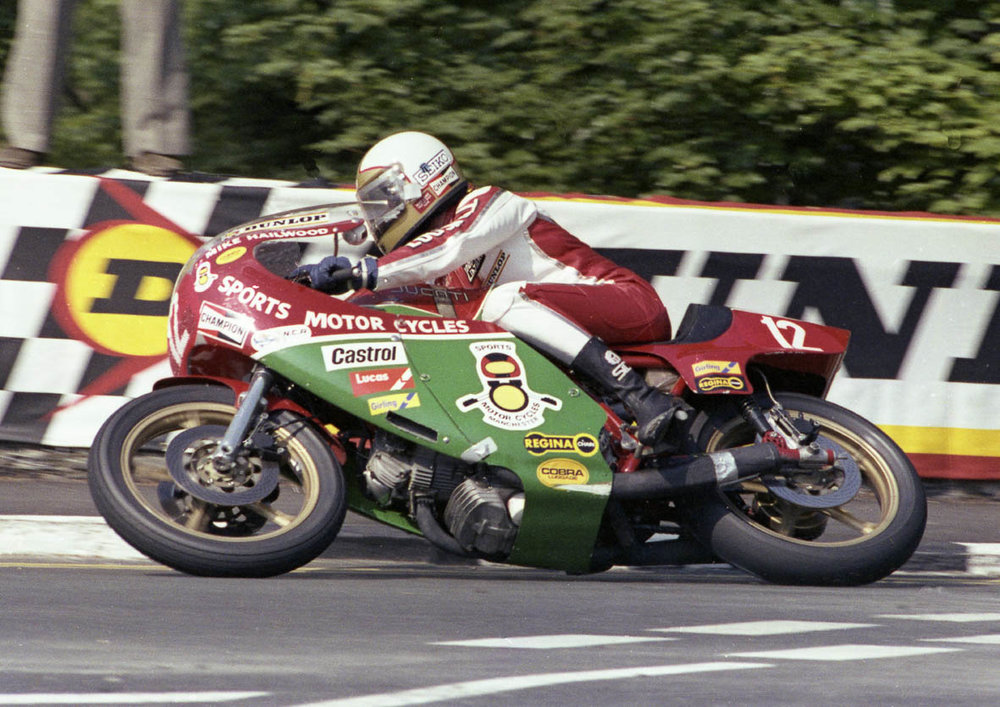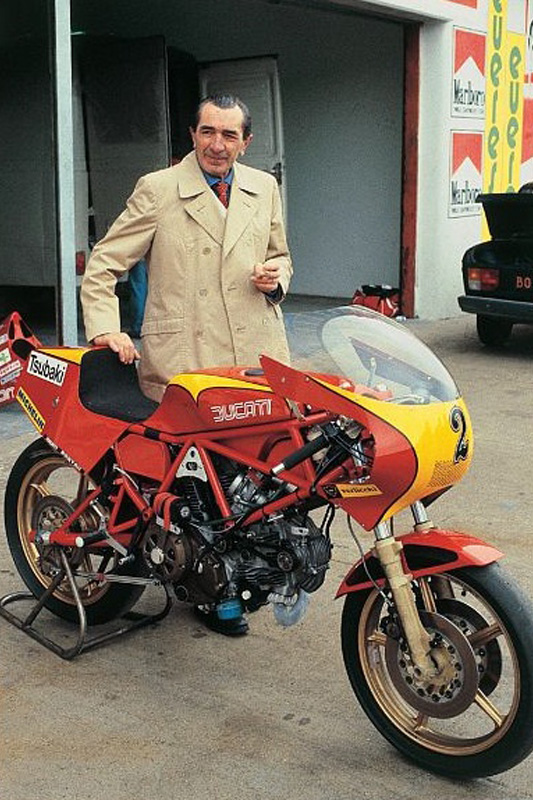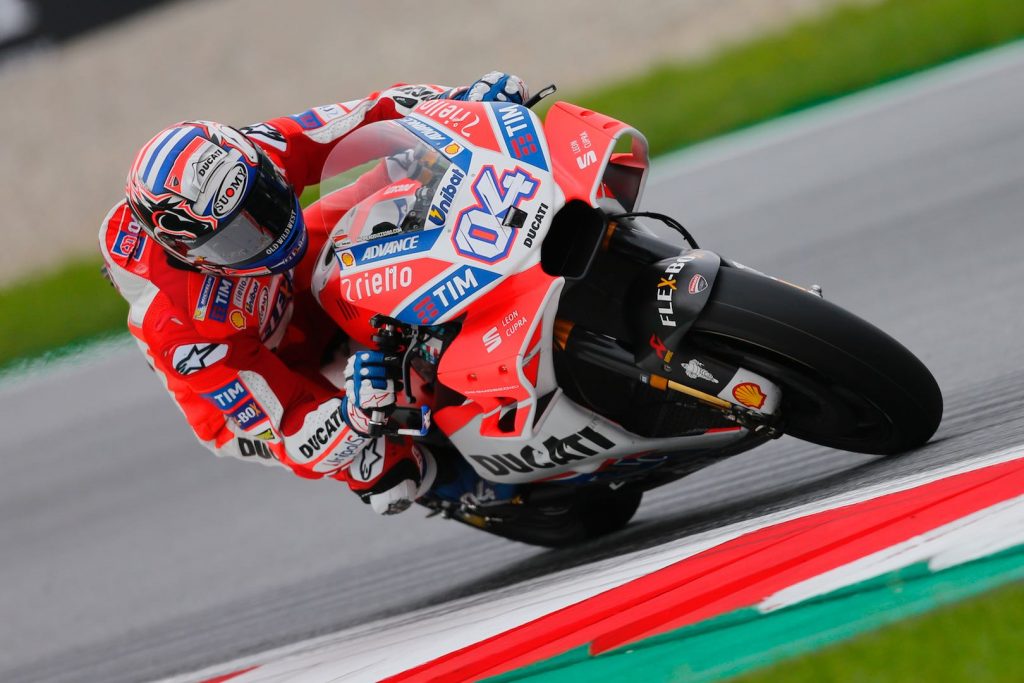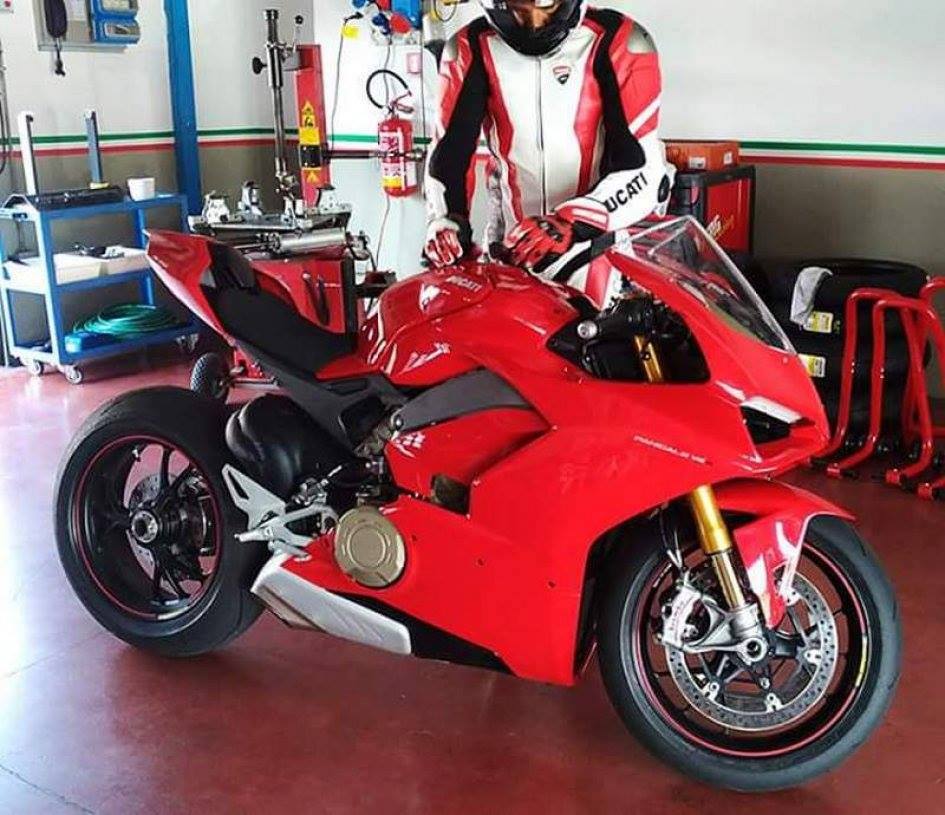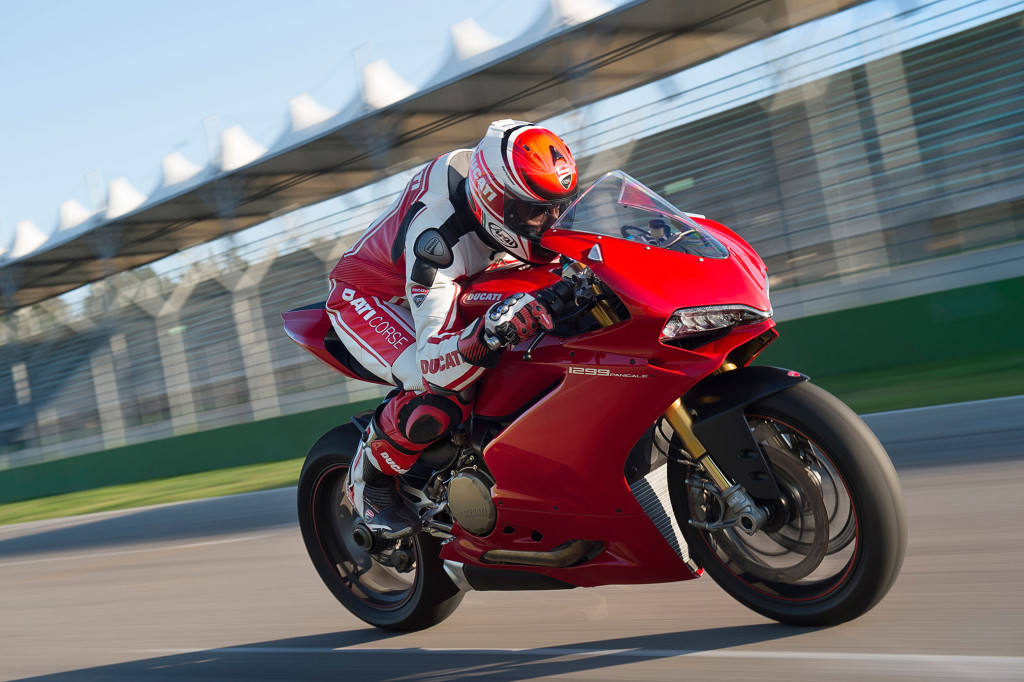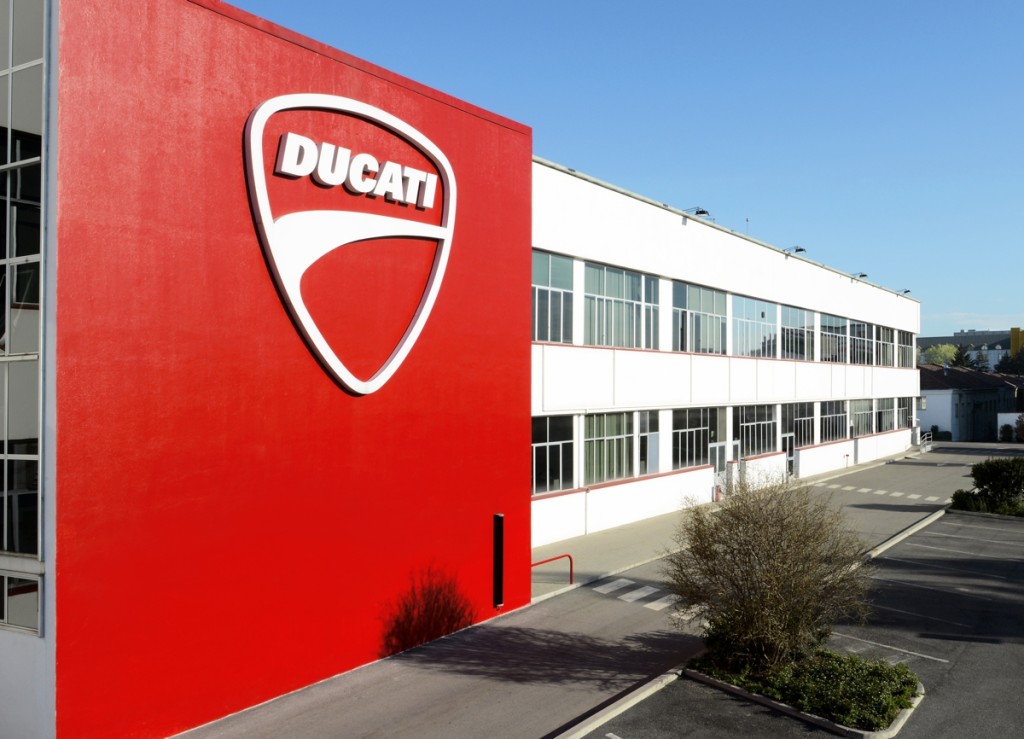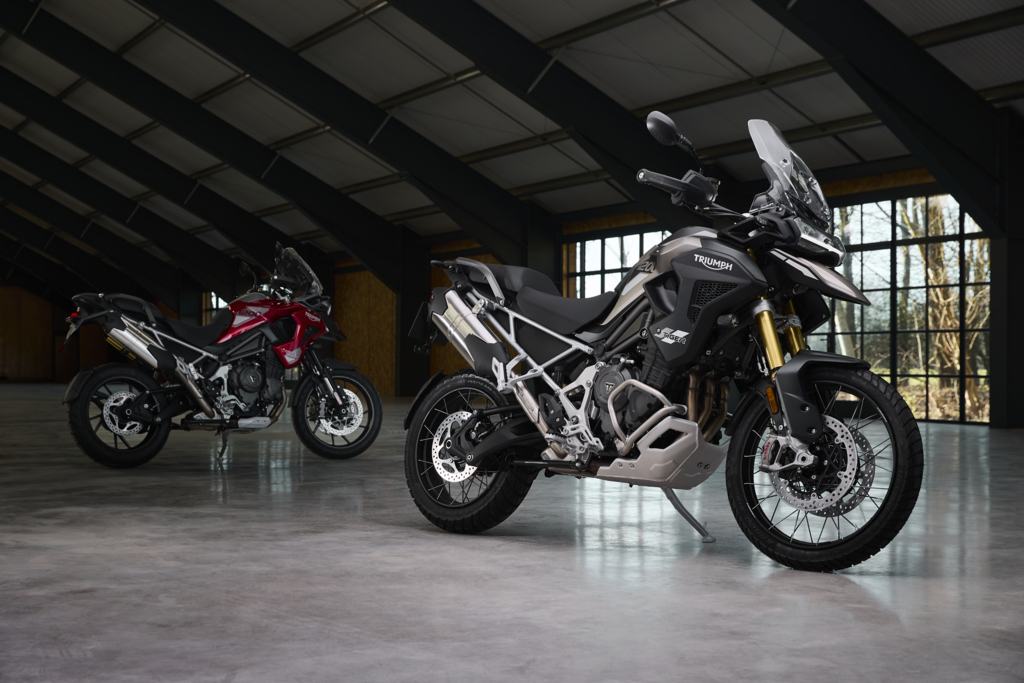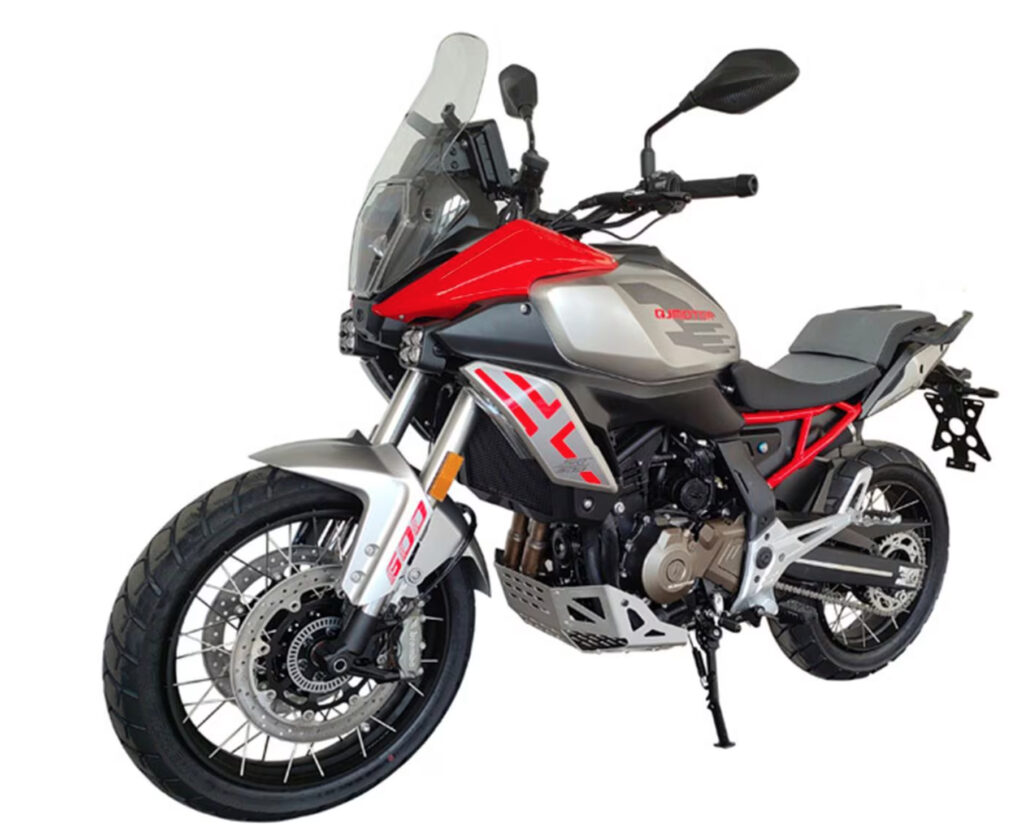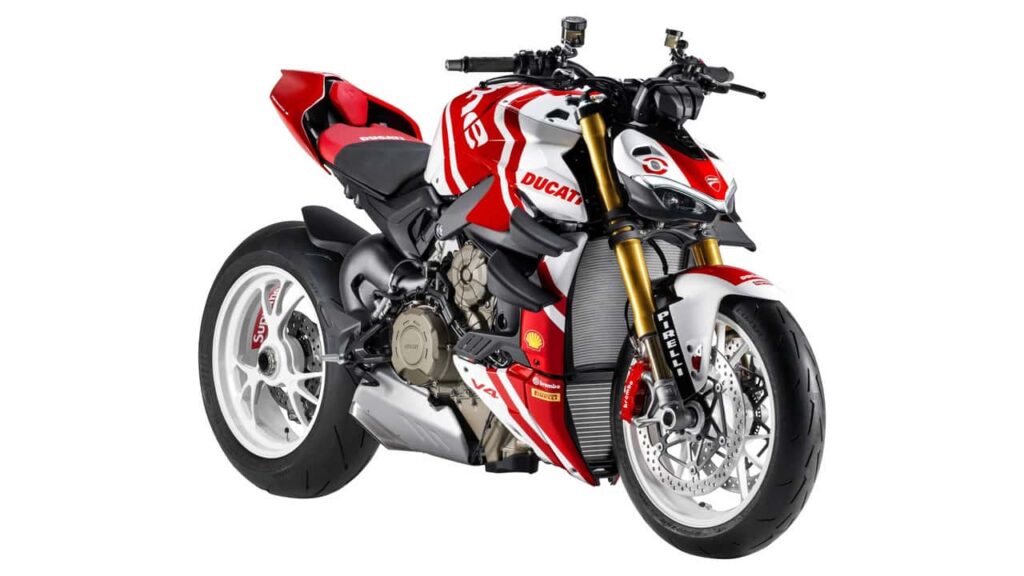Ducati, the Italian motorcycle manufacturer, may be moving away from their signature desmodromic valve system, according to a recent report.
- the Desmodromic valves delivers the best high RPM power.
- the all-new Granturismo V4 engine uses conventional valve springs.
The desmo valve system is a unique valve control system that controls the valvetrain via two cams and two actuators, resulting in high RPM power. However, the system has a downside – the dreaded “desmo” service.
This service is a big service that needs to be done between 24,000km and 30,000km depending on the bike and can be quite expensive.
Ducati is aware of the desmo service’s infamous reputation and has started to move away from this system. In 2020, they introduced the V4 Granturismo engine in the Multistrada V4, which replaced the desmo valve system with conventional valve springs and a more durable timing chain. This resulted in a massive 60,000km interval between valve checks, the longest in the industry.
Ducati is working towards updating their mid-level family of bikes such as the Monster to also move towards conventional valve springs. The Monster shares its 939cc L-twin engine with many other bikes like the SuperSport, Multistrada V2, DesertX and Hypermotard, so this change may be seen in these bikes as well.
However, the top-of-the-line performance bikes like the Panigale and Streetfighter families will still retain the desmo system since it is the best for high RPM power.
Although this change may benefit Ducati owners by reducing maintenance costs, it remains to be seen how it will impact the brand’s identity and reputation for high-performance bikes.
Ducati’s new-gen Scrambler still has a desmo-valved engine, so it may be a while before we see that change on Ducati’s most affordable offering. Ducati fans can look forward to the upcoming changes and the improved ease of maintenance they may bring.

